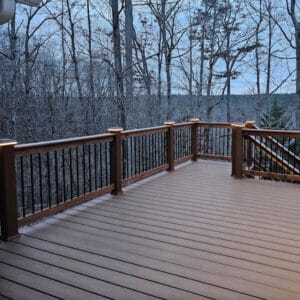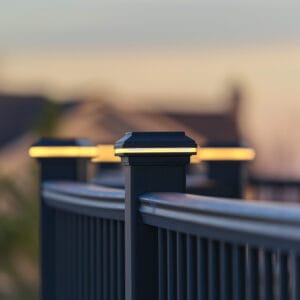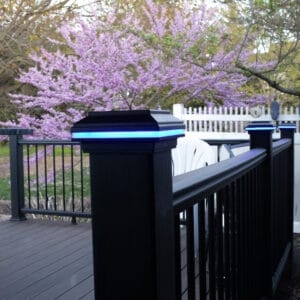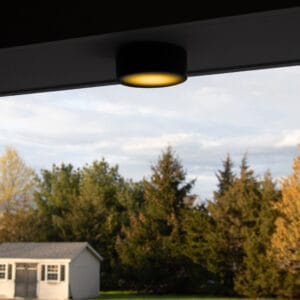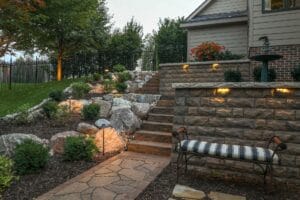Introduction
Imagine stepping into your backyard and watching your landscape come alive with perfectly timed lights that adjust based on the time of day or your mood. Sound futuristic? With smart landscape lighting, it’s a reality. Smart home technology has transformed outdoor spaces, making them more functional, energy-efficient, and beautiful. If you’re a homeowner looking to add convenience and ambiance to your outdoor space, this guide will walk you through everything you need to know about integrating smart technology into your landscape lighting design.
Why Choose Smart Landscape Lighting?
Smart landscape lighting offers more than just aesthetic appeal. Here’s why it’s worth the investment:
- Convenience: Control your lights from your smartphone, tablet, or voice assistant.
- Energy Efficiency: Smart LED lighting systems consume less energy and can be programmed to turn off automatically. Learn more about energy-efficient lighting tips from the U.S. Department of Energy.
- Customization: Create preset lighting scenes for parties, quiet nights, or holiday decorations.
- Security: Smart lights can be scheduled to mimic occupancy, deterring intruders.
Note: In smart home terminology, an “ecosystem” refers to the integrated network of smart devices, apps, and controls that work together seamlessly.

Getting Started: Key Components of a Smart Landscape Lighting System
To build a smart lighting system, you’ll need the following components:
Component | Description | Examples |
Smart Lighting Hub | The brain of your smart lighting system, connecting lights to your Wi-Fi. | Philips Hue Bridge, Lutron Caseta |
Smart Lights | Outdoor-rated smart LED bulbs or fixtures. | Ring Path Lights, Kasa Smart Bulbs |
Smart Switches | Controls traditional lighting via smart functions. | Lutron Smart Switches |
Smart App | The mobile app that lets you customize and control your lighting system. | Google Home, SmartThings |
By integrating these components, you’ll have a cohesive system that allows you to fully control your landscape lighting.
Steps to Integrate Smart Technology into Your Landscape Lighting Design
1. Assess Your Outdoor Space for Smart Landscape Lighting
Begin by evaluating your outdoor area to determine where smart lighting can enhance your landscape. Consider:
- Walkways and Pathways: Smart pathway lights improve safety and aesthetics. Explore in-ground lighting solutions that enhance both safety and aesthetics.
- Deck and Patio Areas: Smart lighting creates the perfect ambiance for entertaining. Smart low-voltage deck lighting can create the perfect ambiance for entertaining.
- Focal Points: Highlight trees, garden beds, or water features with smart spotlights.
2. Select Your Smart Lighting System
Some popular options in the U.S. include:
- Philips Hue Outdoor Collection: Offers a wide range of weather-resistant smart lights.
- Ring Smart Lighting: Pairs well with security systems for added peace of mind.
- Kasa Smart Outdoor Plugs: Ideal for controlling existing outdoor lights with smart capabilities.
When choosing your system, ensure it works with smart control systems like the Tru-Scapes Color Control App for seamless integration.
3. Plan a Smart Lighting Layout for Your Landscape
Use a sketch or digital app to map out your lighting plan:
- Highlight walkways with evenly spaced smart lights.
- Use uplights near tall trees or walls for dramatic effect. Check out these top LED landscape lighting ideas for inspiration.
- Add dimmable lights around patios for versatile mood lighting.
Case Study: Alex, a homeowner from Denver, transformed his backyard with smart landscape lighting. By installing smart spotlights around his fire pit and using smart string lights on his pergola, he created a cozy space perfect for family gatherings. With motion sensors near the garden path, he ensured safety without sacrificing style.
4. Install Smart Fixtures and Hubs for Seamless Connectivity
Installation steps may vary based on your system, but generally:
- Mount smart fixtures according to manufacturer instructions.
- Connect the smart hub to your home’s Wi-Fi and ensure strong signal strength outdoors.
- Install smart plugs for existing outdoor lights to convert them into smart devices.
Pro Tip: A mesh Wi-Fi system extends your internet coverage across large areas, ensuring your smart devices stay connected even in your backyard.
Review our easy installation guide to get step-by-step instructions for smart lighting setups.
5. Configure Smart Lighting Settings for Customization
Once installed, open the smart app to:
- Set up schedules for automatic on/off times.
- Create lighting scenes (e.g., “Movie Night” with dimmed deck lights and bright pathway lights).
- Enable geofencing so lights turn on/off based on your location.
Pair with voice assistants for hands-free control (e.g., “Alexa, turn on backyard lights”).
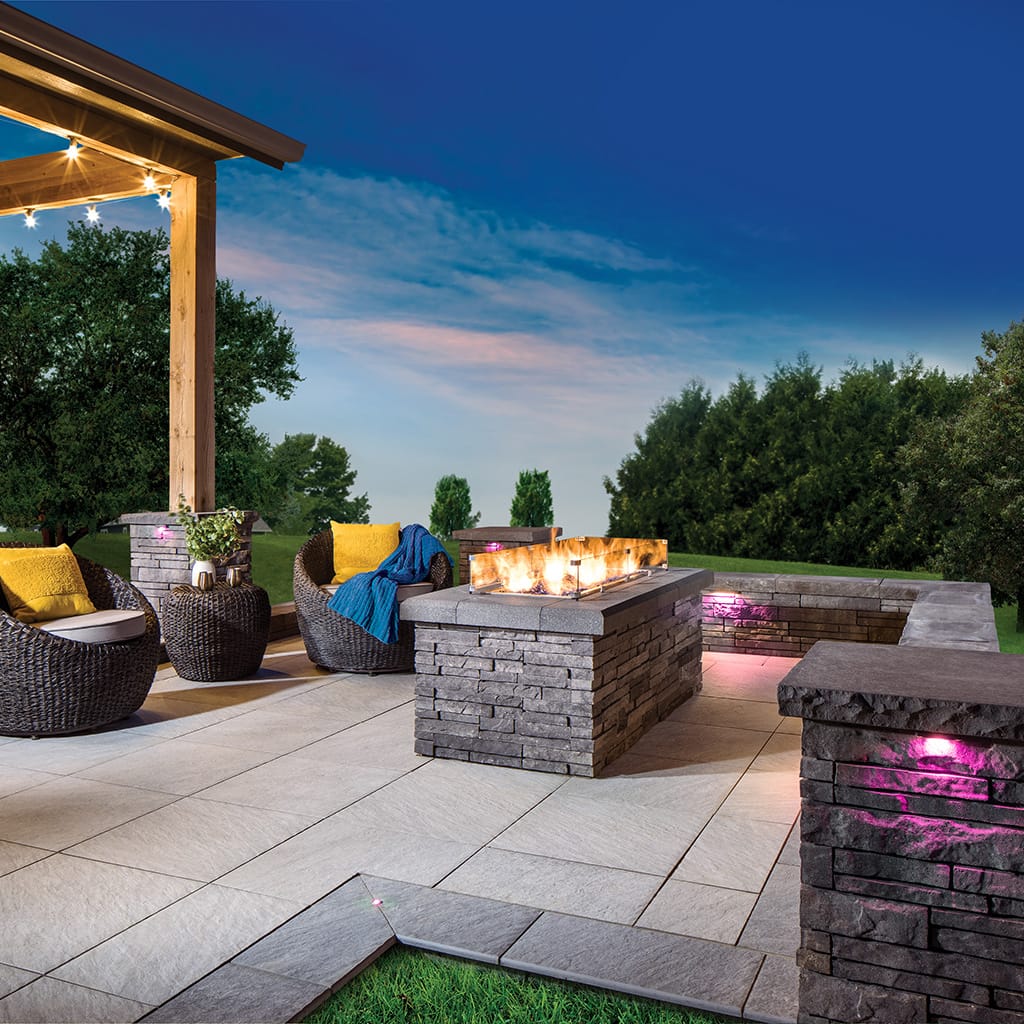
Enhancing Your Outdoor Space with Smart Lighting Features
- Dynamic Color Changes: Some smart systems allow you to change colors for seasonal events or holidays. Learn about the art of light temperature and how to use colors effectively for seasonal displays.
- Motion Sensors: Integrate motion-activated lights for extra security and convenience. Discover the benefits of good lighting for security and convenience with motion-activated features.
- Sunrise/Sunset Automation: Sync your lights with natural light patterns to avoid manual adjustments.
Smart Landscape Lighting FAQs
Q: Can I install smart outdoor lights myself?
A: Yes, many smart lighting systems are designed for DIY installation. However, complex setups involving hardwired fixtures may require an electrician.
Q: Do smart outdoor lights work in all weather conditions?
A: Most smart outdoor lights are weather-rated to withstand rain, heat, and cold. Always check the IP rating for durability.
Q: Can I control my lights remotely?
A: Absolutely! Smart lighting apps allow you to control your lights from anywhere, as long as you have internet access.
Conclusion
Integrating smart technology into your landscape lighting design elevates your outdoor space with convenience, security, and ambiance. By choosing the right components, planning your layout, and customizing your settings, you can create a stunning, functional landscape that suits your lifestyle.
Check out the ultimate guide to landscape lighting to plan your perfect smart outdoor setup.

